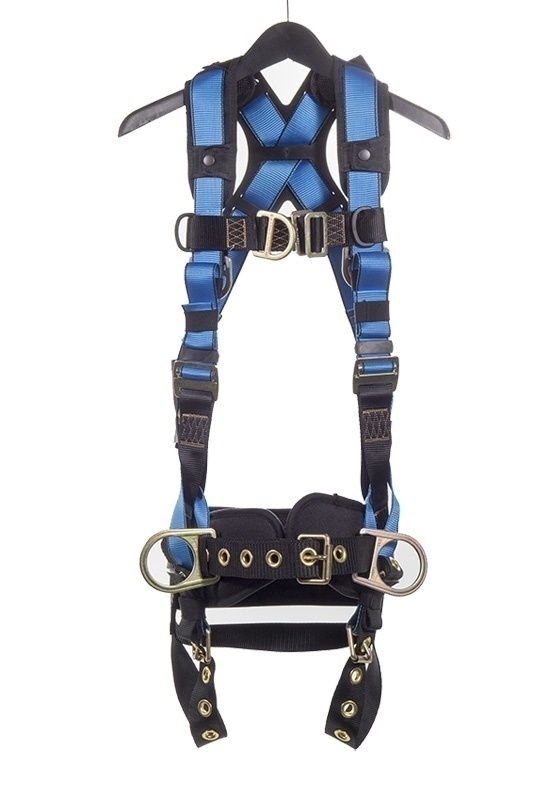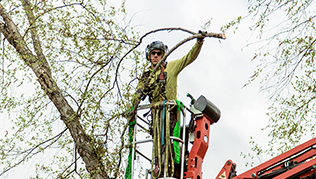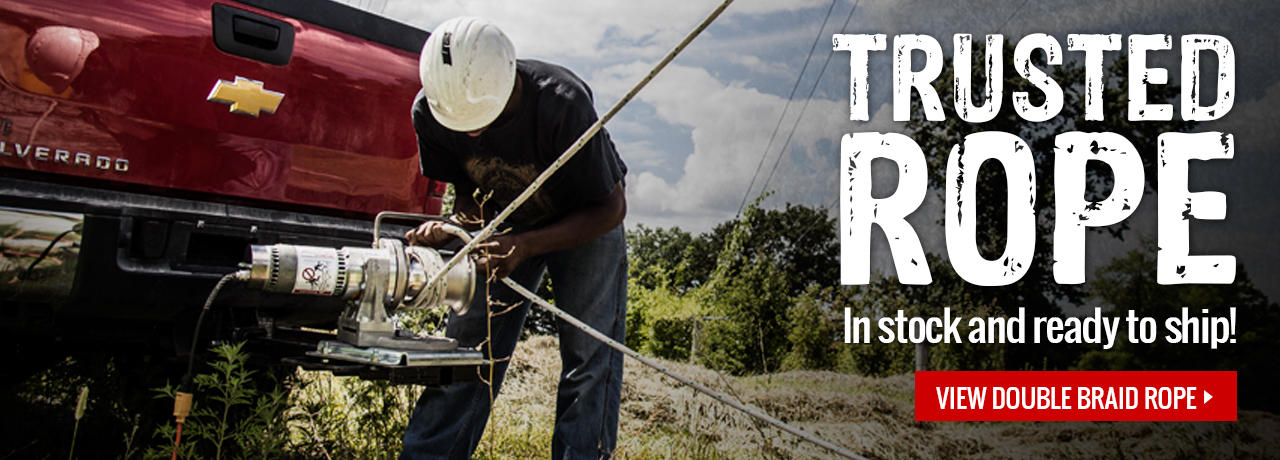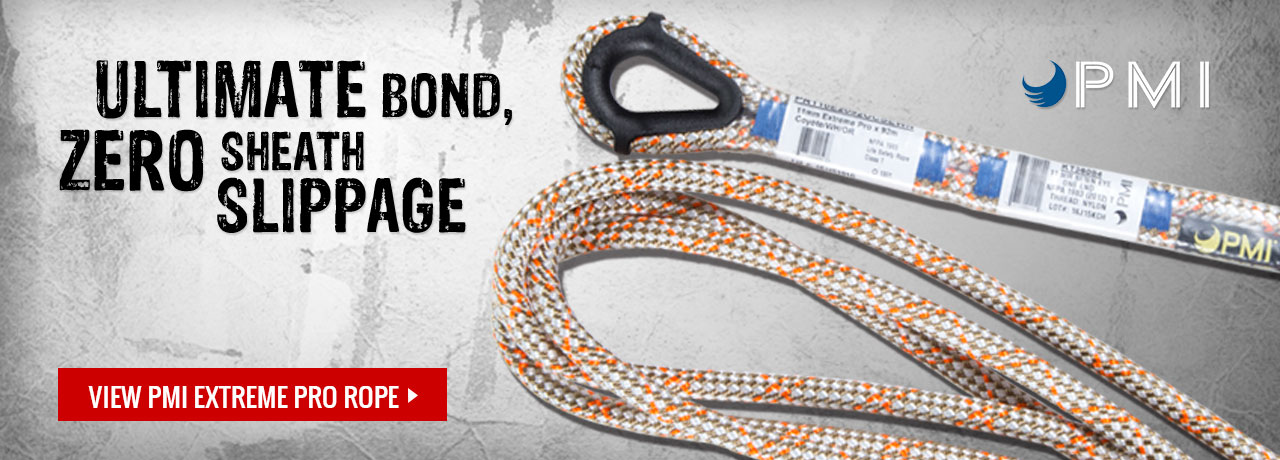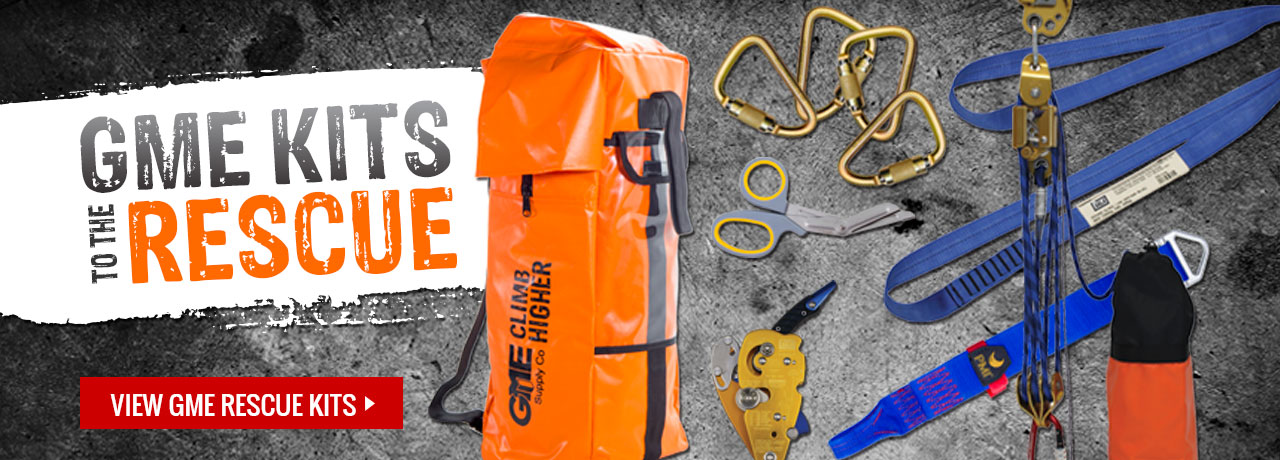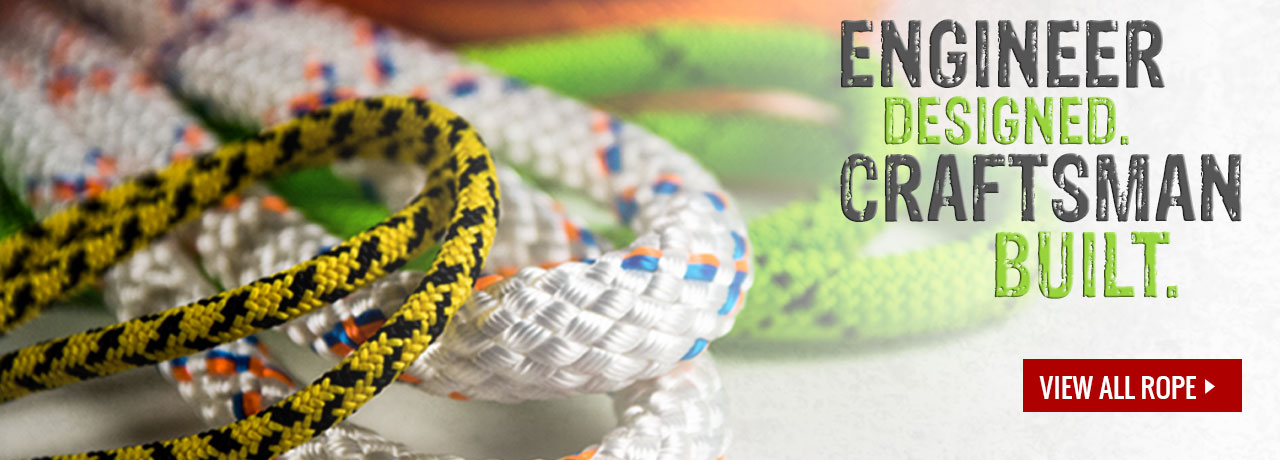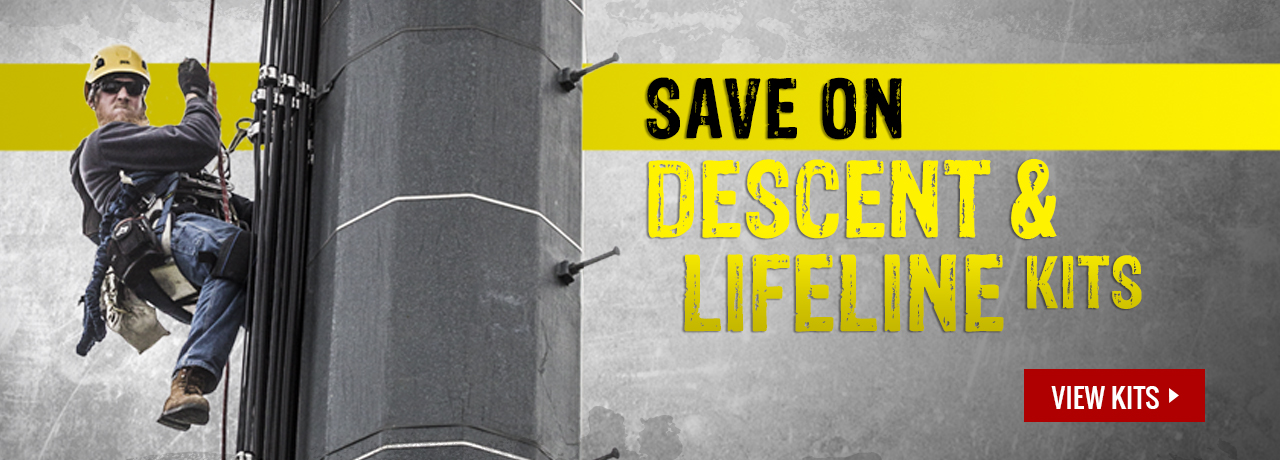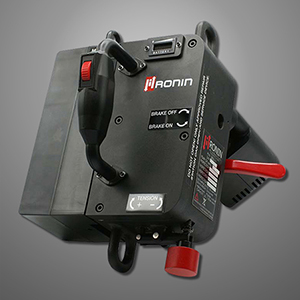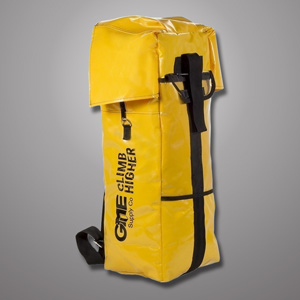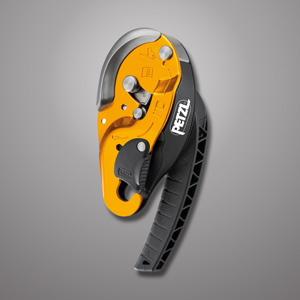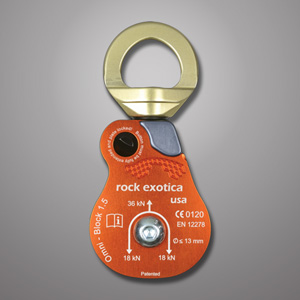YOU HAVE NO ITEMS IN YOUR CART.
Featured Brands
Rope
Rope and Rescue Gear
GME Supply stocks a variety of rope and rescue gear to ensure you’ve got the gear you need, when and where you need it, every time. From rescue gear, kernmantle rope, and lifelines to 3-strand rope, rope devices, and rope bags, plus everything in-between GME Supply is your source for all things rope and rescue. And with gear from top manufacturers like Petzl, Sterling, DBI Sala, and more we are confident we can help you find the gear you’ve been looking for.
Rescue Gear
While we would all like to think that accidents never happen and rescues never need to be performed, that isn’t the case. Accidents do happen and being prepared for whatever might arise and being ready to perform a rescue at a moments notice can be the difference between a bad situation gone worse and everyone going home at the end of the day.
With our selection of auto descent gear, bucket rescue kits, fall protection rescue kits, fire rescue gear, patient care gear, rescue components, trauma straps, and water rescue gear you can be ready for the rescue no matter what it requires.
Auto Descent: When someone has experienced a fall getting them to the ground and to safety is a top priority. Our selection of auto descent devices will help you ensure that if something goes wrong you are prepared to perform the perfect rescue. We feature a range of descent devices including SRLs, pulley systems, and complete kits.
Bucket Rescue Kits: When we think of rescue situations we typically think of situations where we are knocked out or stranded hundreds of feet in the air. But, sometimes you just need to get down to avoid dangerous situations and you may only be a few feet in the air - like when you're on an aerial lift or a bucket truck. That’s where a bucket rescue kit comes in handy. Our selection of bucket rescue kits features everything you need to perform a self-rescue from an aerial lift or truck bucket - all packed in an easy to carry, convenient bag.
Fall Protection Rescue Kits: Picking out and sourcing all of the equipment needed for a rescue can be time-consuming and stressful. Not to mention that sometimes you aren’t quite sure what you need - on top of making sure the equipment is all compatible. That’s why our Gear Experts® have done the work for you. Our full selection of fall protection rescue kits are expertly assembled to help ensure you have all of the gear you need when you need it - all conveniently packed in a transport bag.
Some kits are assembled from manufacturers, and some kits have been custom assembled by our Gear Experts®. Our history in fall protection has uniquely positioned us to have the resources and the know-how to build kits suited for nearly every application. We know that no two rescues are the same and that sometimes your situation may require a custom kit. We’ve got that covered, too. Our expert team can help you assemble the custom kit you need to fit your needs. For more information on custom kits, click here to contact one of our Gear Experts®.
Fire Rescue: GME Supply is your source for Sterling fire rescue kits. We keep fire rescue kits in stock at low prices. Browse our selection of fire rescue kits to ensure you are prepared for a fire rescue situation.
Patient Care: After you get a rescue victim to the ground or, in some situations, before you can even get them lowered to the ground you might need a spine split, lift harness, sked, or other pieces of patient care equipment that helps you ensure that you don’t hurt someone even more while rescuing them. Our selection of patient care equipment from manufacturers like Skedco and PMI provide the support you need to perform a complicated rescue.
Rescue Components: Sometimes you just need one more piece of equipment to complete your kit, or you need to replace a piece of equipment that is no longer suitable for use. When that happens, buying an entire new kit doesn’t make financial sense. Our selection of rescue components has all the equipment you need to complete your rescue setup or take your rescue it to the next level. We offer a range of different rescue devices like descenders, SRLs, cable grabs, restraint systems, wall ladders, belts, and more.
Trauma Straps: Trauma straps help combat suspension trauma. Suspension trauma can start to take effect just minutes after a fall and cause serious, potentially fatal damage. It’s caused when blood pools in your legs. Your heart is still pumping blood to your legs, and when you cannot use your skeletal muscles to help “pump that blood back, gravity causes it to pool in your feet and legs. Coupled with your harness putting pressure on important veins and arteries, circulation can be difficult. The pooling of blood begins to deprive the brain, kidneys, and other vital organs of oxygen.
Trauma straps help prevent this from happening by relieving pressure off of the harness leg straps. Some harnesses come with trauma straps built in, but even if your harness doesn’t this simple accessory can be added to any harness.
Water Rescue: No rescue is the same and some rescue situations, like water rescue, require special equipment that has been developed to work in water. Our selection of life jackets, flotation devices, and throw ropes will have you ready for a water rescue in no time.
Rope
Rope is one of the most versatile tools in your arsenal. It can be used for a whole slew of things and often times is literally your lifeline when working at height. When sourcing your rope the first step is to determine what type of rope that you need. The three types of rope are: 3-strand, Double Braid, and Kernmantle.
3-Strand Rope: 3-strand ropes usually have a lower breaking strength than double braid or kernmantle rope. This means that a larger diameter is required to achieve the same strength. Because of the way the rope is constructed, 3-strand ropes tend to rotate under loads and provide less abrasion resistance. 3-strand rope is most commonly used as a lifeline when working at height.
Double Braid: Double braided rope has a braided core surrounded by a braided sheath. The inner braids are most commonly designed to share the load equally with low elongation. Double braid rope remains round under tension, imparts no rotational force when loaded, and has a soft hand. All of these characteristics make it ideal for use as a load rope.
Kernmantle Rope: Kernmantle rope consists of twisted parallel fibers (the kern) surrounded by a tightly braided sheath (the mantle). The core fibers provide the majority (about 70%) of the rope’s strength. The sheath is tightly braided providing significantly higher abrasion resistance. There are two distinct types of kernmantle: dynamic and static. Dynamic is used for recreational climbing due to its high shock absorption capabilities. Static kernmantle has very low stretch and works well for industrial applications. Due to its construction, it remains round through descent devices and allows minimal twist on the rope. The properties of static kernmantle make it ideal for use as a lifeline or descent line.
Lifelines
Lifelines are pretty self-explanatory. They are your lifeline when working at height. Lifelines are typically either 3-Strand rope or Kernmantle rope because the properties of both of these ropes uniquely suit them for lifeline applications.
When sourcing rope, once you have determined what rope you will use, the next thing to determine is what diameter you need. Diameter is typically based on rope strength and compatibility with rope accessories. For more information about the different types of ropes used in at-height, details about diameter, and information about proper rope care click here to check out our rope buying guide.
Accessory Cords: Accessory cords are so named because they are pieces of rope that act as accessories. It is important to note that accessory cords have been designed and developed for specific purposes and should not be used outside of that scope. Our selection of accessory cords include prusiks, lanyards, restraint cords, flip lines, and multi-purpose accessory cords which can be used as prusiks, tag lines, and for hauling purposes.
Specialty Rope: Not all situations are created equal and not all rope is created equal, either. When you have special situations GME Supply is your resource for all types of specialty rope. From military spec webbing to reflective rope and everything in-between we’ve got what you need to get the job done no matter the situation.
Rope Devices
Rope devices help take your ropes’ versatility to the next level. Our massive selection of rope devices include accessories, anchor plates, ascenders and rope locks, descent devices, meters, pulleys, rope grabs, and rope protection equipment.
Accessories: We say this a lot, but it’s true. Rope is a versatile tool and can be used for nearly every application on a job site. Some applications may be hard on a rope, or they may require a special length or specific modifications. That’s where our selection of rope accessories come into play. From manufacturers like Sterling, PMI, Rock Exotica, and Petzl, we’ve got the rope accessories you need to get the job done.
Our rope accessories include rope cutters, measuring meters, load cells, swivels, wire rope clips, end dip, and rope washing equipment. Rope washing is an important part of rope care. A dirty rope can cause issues and end up costing you more money in the long run. With rope wash and a rope washer, you can quickly remove dirt and debris from your rope. We’ve got an entire blog post dedicated to the importance of rope wash and how to properly wash for, care for, and inspect your rope. You can click here to check out that blog post.
Anchor Plates: An anchor plate, also referred to as a termination plate or rigging plate, is a piece of hardware, typically made from milled aluminum, which creates a tie-off point on ropes which do not have a factory created eye. The anchor plate creates a way to attach a rope to a structure or load without relying on a knot.
Anchor plates are beneficial because they prevent the need for tying a knot in a rope. Knots, while they may seem strong, severely weaken a rope and can cause other issues like shortened life span. If you do find yourself having to tie a knot in a rope, please refer to manufacturer specifications on how much the knot will affect the strength of the rope.
Our selection of anchor plates come in a range of different shapes and sizes. Our anchor plates are sourced from a variety of manufacturers like Petzl, DBI Sala, Sterling, WestFall Pro, and more. Need anchor plates for different size ropes? Don’t worry, our anchor plates can cover common rope sizes to fit your application.
Ascenders and Rope Locks: Ascenders, get their name from the fact that they help you ascend up a rope. The basic functionality of a rope ascender is that it clamps on to the rope and can move up, but not down the rope. This means as you travel up the rope it captures your progress and prevents you from sliding down.
There are three main types of ascenders: hand, foot, and chest. A foot ascender attaches to your foot. The foot ascender allows you to “climb” up the rope and use a hand or chest ascender as a backup progress capture device. A chest ascender connects to a sternal D-ring of your harness. It can be used with either a foot ascender or a hand ascender. The last option, a hand ascender, is used with a foot loop to help you climb the rope. This ascender is almost always used with other forms of ascenders.
Our selection of ascenders and rope locks feature hand ascenders, foot ascenders, chest ascenders and foot loops from manufacturers like Petzl and ISC.
Descent Devices: A descent device is a mechanical device which provides a means of controlled lowering on a synthetic rope for rescue and rope access work positioning. Generally, the rope is fed through or around a descender to create friction which can be controlled by the user to vary their descent speed and position. Descent devices come in a range of different styles and sizes. With descent devices from manufacturers like Petzl, ISC, WestFall Pro, DBI Sala, and more - we’ve got the equipment you need to help you descend safely.
Looking for a full solution? Look no further. Our dedicated Gear Experts® put together a GME Supply controlled descent kit that includes rope, a rope bag, a pass-thru anchor, 2 carabiners, a descender, and a GME Supply rope bag.
Meters: Buying pre-cut lengths of rope is what most people prefer to do. However, sometimes you might require custom lengths of rope - or you might just prefer to buy a spool of rope and cut it yourself. If you regularly cut rope off of a spool, a cordage meter is an indispensable tool. A cordage meter contains a toothed measuring wheel and stainless steel pressure shoe that keeps contact with the rope for accuracy. Our cordage meters come with a selection of brackets for use and storage and is available in both metric and imperial configurations.
Pulleys: Pulleys also referred to as a block or snatch block, allow you to use your rope to its full potential by doing things like creating mechanical advantage. By definition, a pulley is a wheel mounted on an axle or shaft with a grooved rim around it designed to efficiently support the movement of a cord, rope, or wire around its circumference.
Mechanical Advantage: Mechanical advantage is a pretty common term when it comes to pulleys, but what exactly is mechanical advantage? It is expressed like this: 3:1, 4:1, 5:1, etc and represents the measure of force amplification achieved by using a tool, mechanical device, or haul system. Essentially, a device (like a pulley), preserves the input power and trades off forces against movement to obtain an amplification in output force. Basically, mechanical advantage multiplies the force you apply. A mechanical advantage of 5:1 means that the device reduces the effort needed to lift an object by 5 to 1. For example, if you want to lift 100 pounds, a 5:1 mechanical advantage would allow you to only exert 20 pounds of force.
One thing to consider when selecting your pulley is standard compliance. For example, if you are using your pulley for lifting purposes you want to make sure the pulley meets the ASME B30 Standard. More specifically it should meet Chapter 26-5 which covers rigging blocks, like those you would use with a capstan hoist. ASME B30 provides a range of different standards for pulleys including materials, rated loads, identification, and operating practices. If you’d like more information and a further breakdown on the ASME B30 standard, click here to check out our detailed blog post. We’ve also got a FREE downloadable ASME B30 compliance poster in our Knowledge Base.
Rope Grabs: You’ve got a lifeline, but now you need a way to make sure you are secured to it. That’s where rope grabs come in. Rope grabs are extremely convenient and easy to use. They provide 100% tie off by staying attached to your lifeline and moving up and down with you as you ascend or descend. These little devices work by latching onto the rope when they sense a fall preventing you from getting injured. Not to mention, they save a ton of time because you don’t have to stop every few feet to reattach your lanyard as you climb.
Rope Protection: Like we’ve mentioned many times - rope is an important part of safety in any kind of at-height work. If your rope is in poor condition it is essentially useless and you will have to buy a new rope. Not to mention that rope isn’t exactly cheap. That’s where rope protection comes into play. Rope protection is pretty self-explanatory in that it is equipment that helps you protect your rope. The type of protection you can use varies by the job at hand. Our selection includes rope rollers, material rope covers (protectors), end dips, and heat shrink.
While rope protectors are beneficial and can help lengthen the lifespan of your rope, we’d like to remind you that rope inspections should still be done regularly even if you are using some form of rope protection. For more information on rope inspection, click here to check out our blog post about what to look for and how to properly inspect a rope. You can also download a free rope inspection form from our Knowledge Base.
Rope Bags
Rope is an important part of every at-height setup. Which means you need to take it with you everywhere you go. But, it’s not always the easiest piece of gear to transport. On top of being difficult to transport, it can easily get tangled and add unnecessary work to your day. Imagine getting to your job location ready to get the day started, only to have to spend an hour sorting through your rope. Once you sort through it, you realize it got cut during transportation. Now, not only did you waste an hour of your morning, but you have to find a replacement rope.
That’s where rope bags come in. The name pretty much explains the product - it’s a bag for rope. While all rope bags have the same overall purpose - to safely store and transport rope - there are a few key factors to consider when selecting a rope bag. The things to consider are:
- Color;
- Size;
- Document Pockets;
- Additional Storage;
- Applications; and
- Straps;
When considering size, you can use this handy size chart which is available to download for free in our Knowledge Base. We’ve also got a blog post dedicated to helping you find the perfect rope bag. You can find that blog post here.
